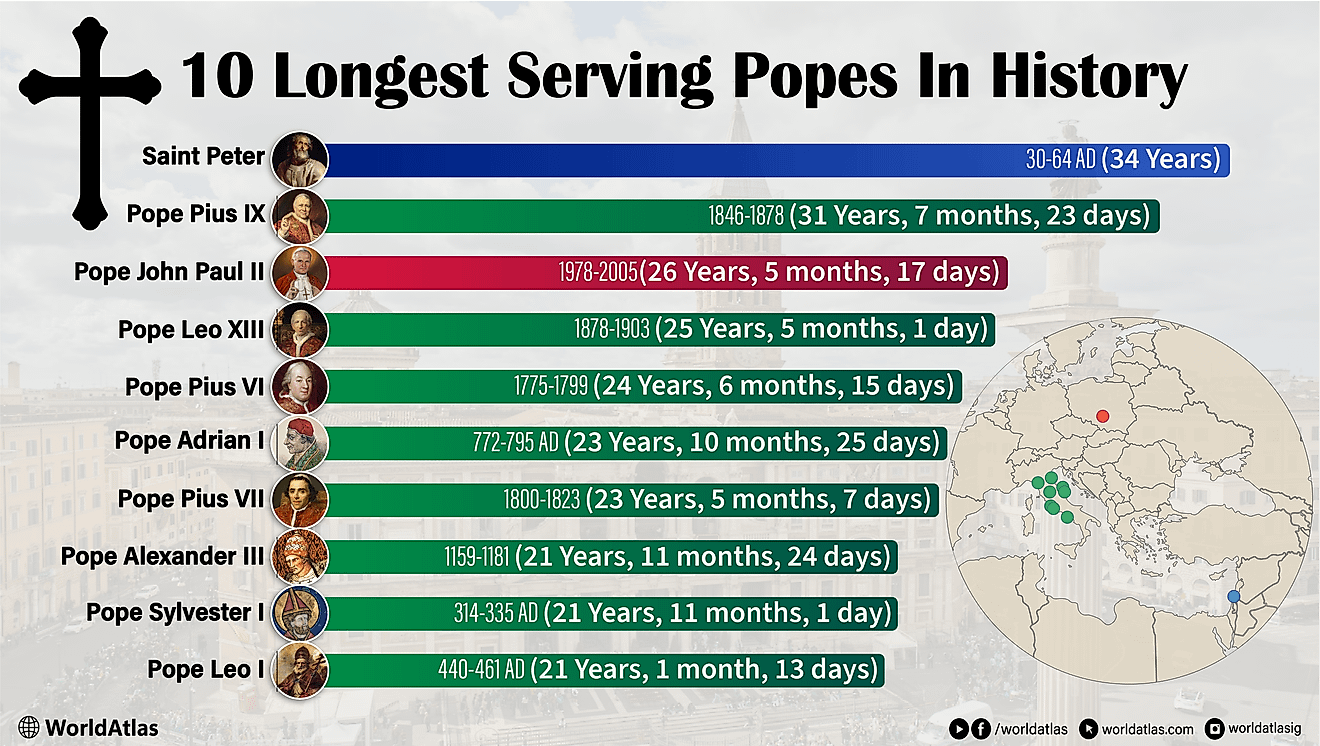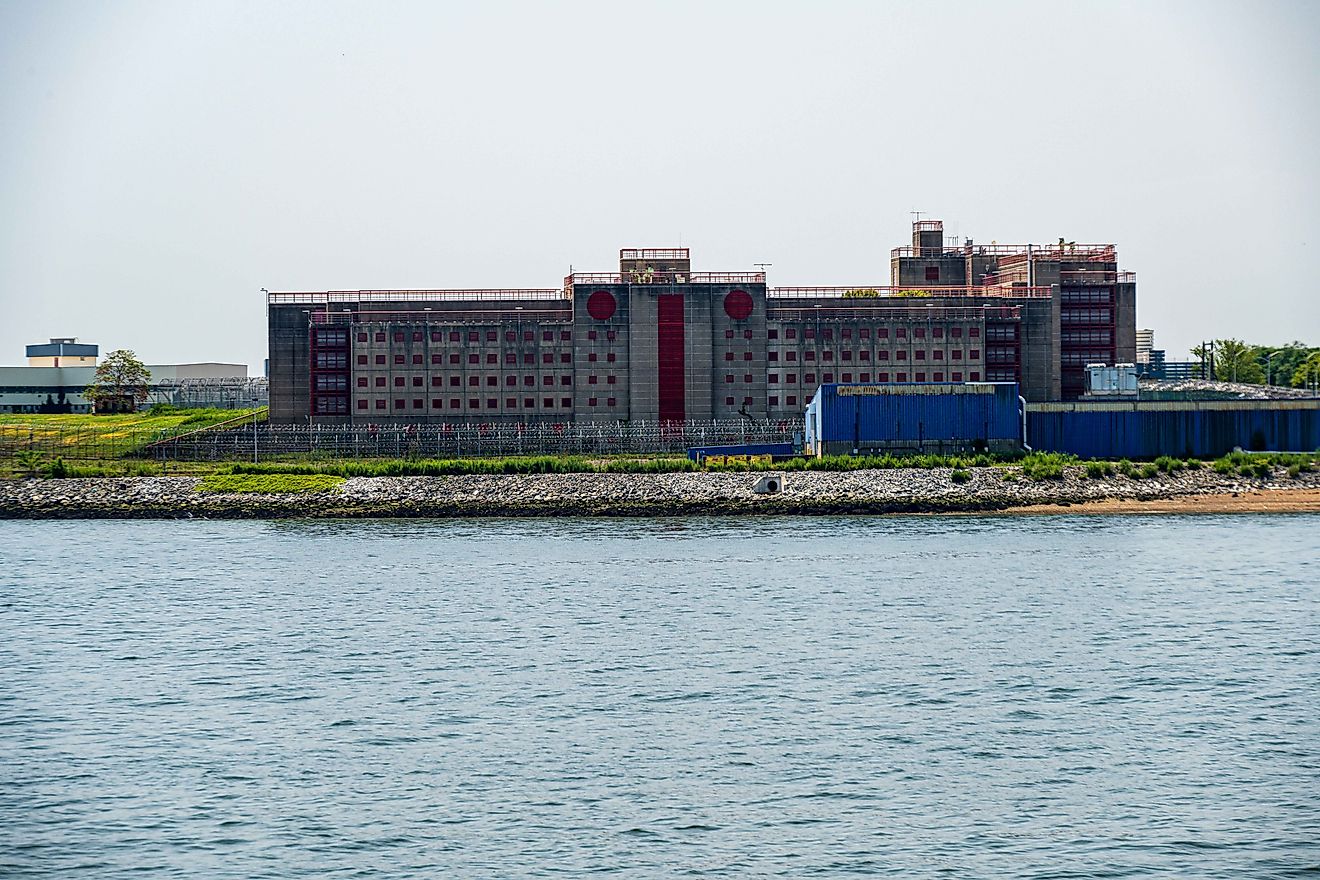Who Was Claude Monet?

Introduction
Claude Monet was the founding artist of the impressionist painting in France. He was the most determine practitioner of philosophy movement of people’s expression of perception before nature. Monet used painting to achieve his ambition of documenting the French countryside. He painted the same scene severally to bring the picture of the season variations and the changing of lights. Monet residence was in Giverny from 1883 where he bought a residential place and started his big project of lily ponds which would be some the best areas of his famous works.
Personal Life
Claude Monet was born in 1840 as second the son in his family. His parents gave him the name Oscar after his baptism on May 20, 1841. However, he became an atheist despite his baptism. After moving to Le Havre in 1845, his father wanted him to run the grocery family business and be a ship chandler, but he insisted on being an artist. His mother gave him support on his career in art since she was a singer.
Claude undertook his drawing lessons in Le Havre secondary school where he enrolled on April 1, 1851. Monet began to paint whatever he saw from a window after visiting Louvre and found out that other painters did their arts by using old masters as references objects. He. He stayed in Paris for many years and was able to make friends with other young painters who also became his fellow Impressionists. Monet painted several artworks of modern life during Franco-Prussian War, despite the fact that he lived in poverty with his family.
Claude Monet’s Most Famous Works
One of Monet’s famous pieces of art is Rouen Cathedral series that he painted during the period 1892-1893. The series is a capture of the facade of Rouen Cathedral in France displaying changing light conditions at varying times of the day and year. Monet used cropping of the subject so that the canvas can only show a section of the facade.
Another Claude Monet’s art was Impression, Sunrise that he drew in 1872. It's famous for being a traditional symbol of Impressionism. The subject of the art is the Le Havre harbor which the painting suggests through its loose brushstrokes. Monet captured the reality of the scene by using color as the primary factor. Interestingly, making a black and white copy of the painting would make the sun almost entirely to disappear.
Last but not the least is the Water Lilies art painted in the period 1896-1926. Monte painted the series of water lilies with about 250 oil paintings which are currently on display in the world’s museums. The complexity of the light and color of the water lilies give the viewer the impression of the incredible diversity of nature and the life mystery it sustains.
Claude Monet Style and Technique
Monet used the style of Impressionism created by color and light at the image’s forefront. Also, in this style, epic tales and human figures were on the backside whereas the moon or the sun were bathed by objects in varying types of light.











